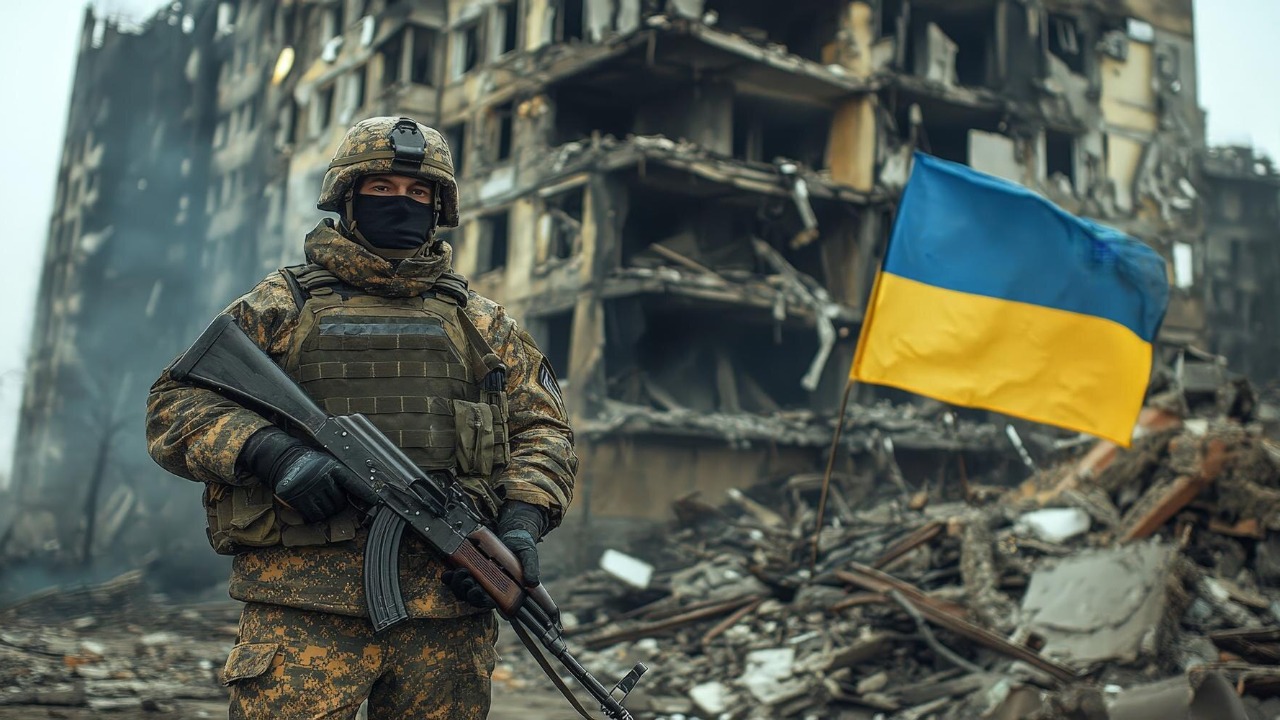
In a remarkable feat of modern warfare, Ukraine has set a world record with its longest one-way drone strike deep inside Russian territory. This unprecedented operation not only highlights Ukraine’s growing technological capabilities but also marks a significant moment in the ongoing conflict between the two nations.
The Historic Drone Strike
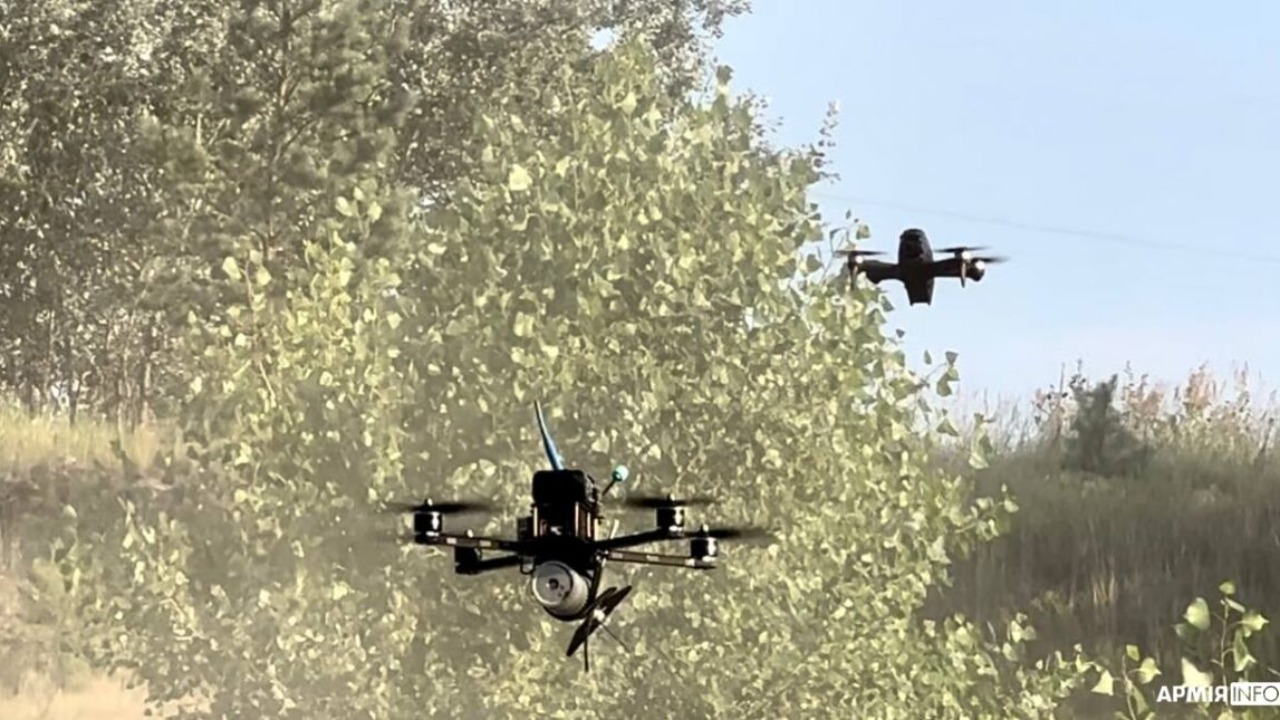
In a groundbreaking military operation, Ukraine launched a drone that traveled an extensive distance into Russian territory, setting a new world record for the longest one-way drone strike. The drone’s target was located deep within Russia, underscoring the remarkable reach and precision of Ukraine’s drone technology. This operation demonstrates not only technological prowess but also strategic ingenuity in leveraging drones for long-range missions, a capability that few nations possess.
The technology behind this operation is a testament to Ukraine’s advances in unmanned aerial vehicle (UAV) development. The drone utilized for this mission was equipped with state-of-the-art navigation and communications systems, allowing for precise targeting over unprecedented distances. This achievement highlights Ukraine’s commitment to enhancing its military capabilities and adapting to the demands of modern warfare.
The strategic implications of this operation are profound. By successfully executing a strike far into Russian territory, Ukraine has altered the dynamics of its ongoing conflict with Russia. The ability to carry out such long-range operations could potentially shift power balances and necessitate changes in military strategies on both sides. This strike not only demonstrates technological advancement but also serves as a clear message of Ukraine’s resolve and capability in the face of aggression.
Ukraine’s Growing Drone Capabilities
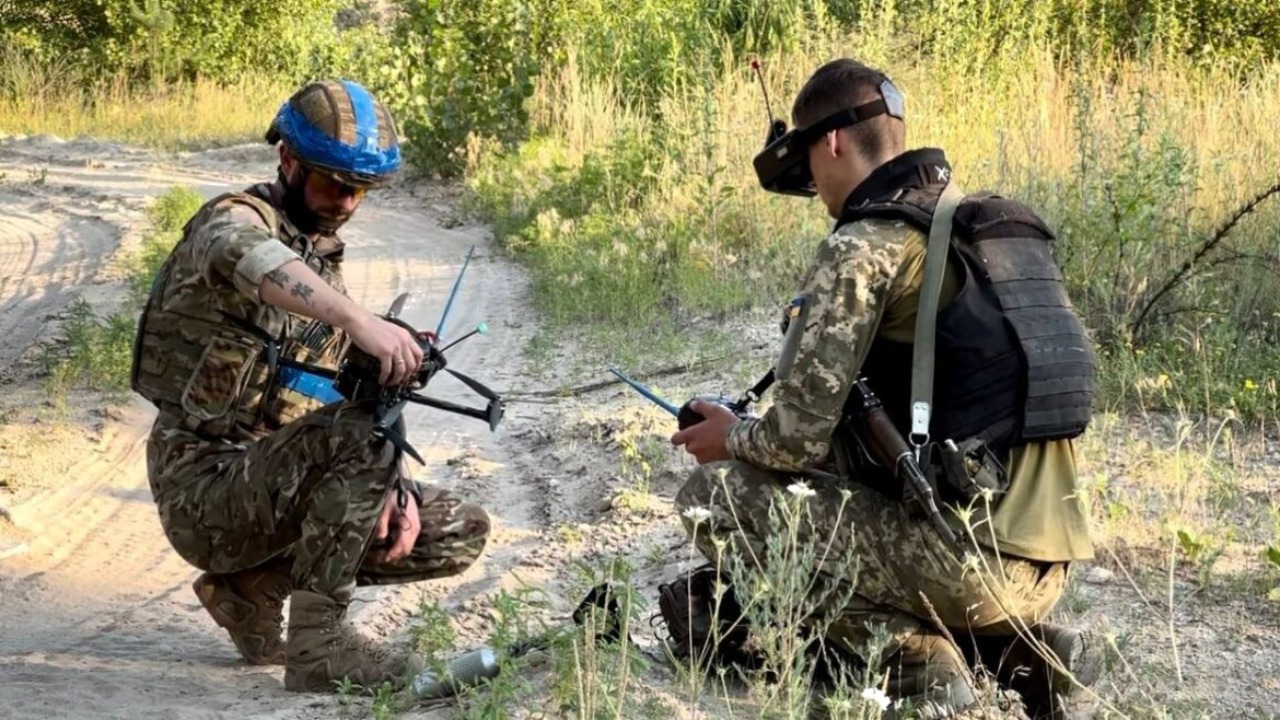
Over recent years, Ukraine has made significant strides in developing its drone technology. This growth has been facilitated by both domestic innovation and international collaboration, enabling Ukraine to create competitive UAV systems. The nation’s focus has been on producing drones that are not only technologically advanced but also adaptable to various military applications.
Ukraine’s integration of drones into its military strategy has proven highly effective in combat scenarios. Drones have been used for reconnaissance, surveillance, and direct strikes, providing the Ukrainian military with a versatile tool in its arsenal. This strategic use of UAVs has allowed Ukraine to conduct operations with greater precision and reduced risk to personnel. The success of these operations serves as a testament to the effectiveness of drones in modern military tactics.
International collaborations have played a crucial role in enhancing Ukraine’s drone program. Partnerships with countries like the United States have provided Ukraine with access to cutting-edge technology and expertise. Notably, Ukrainian long-range one-way attack drones are being tested by the U.S. military, illustrating the global interest in Ukraine’s advancements and the potential for further international cooperation.
Global Reactions and Implications
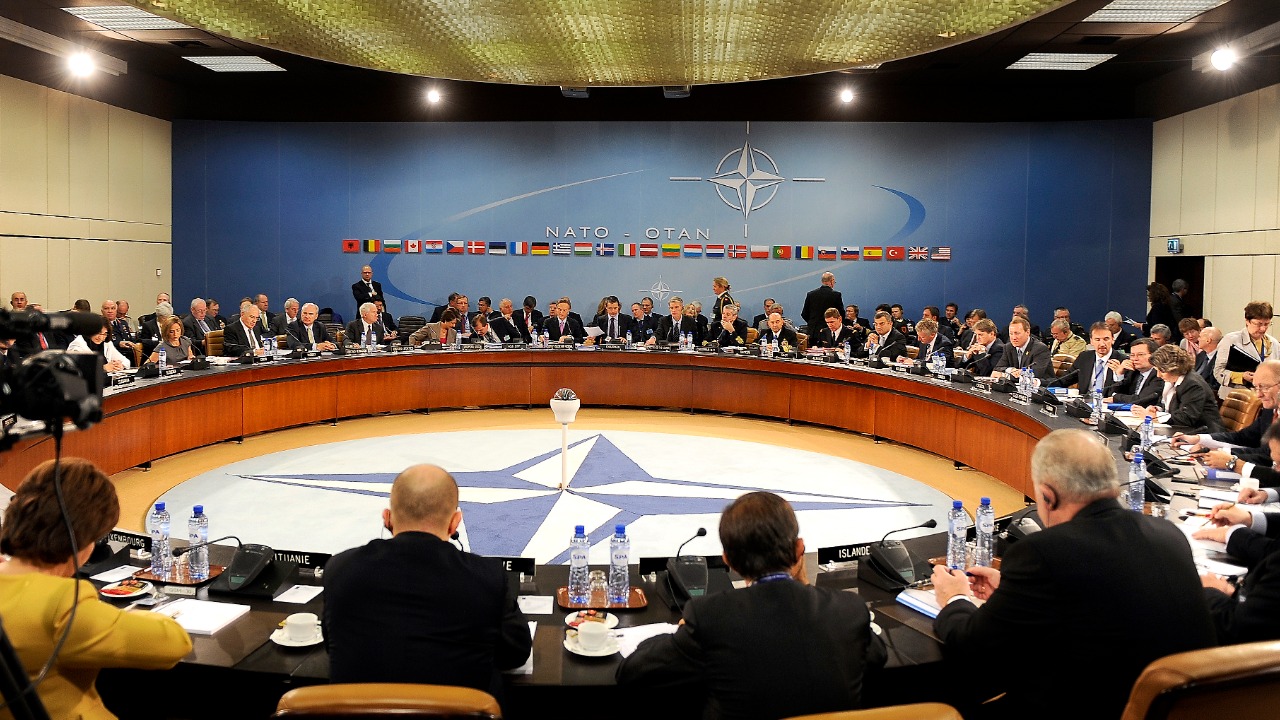
The international response to Ukraine’s record-setting drone strike has been varied, with reactions ranging from admiration to concern. Global powers and international organizations have taken note of the strike’s implications, with some viewing it as a demonstration of Ukraine’s resilience and others expressing apprehension about the escalation of military technology. The strike has prompted discussions on the future of military engagements and the role of drones in shaping geopolitical landscapes.
This event is likely to influence Ukraine’s relationships with its allies and adversaries. Allies may view the strike as a positive step towards enhancing Ukraine’s defense capabilities, while adversaries could perceive it as a threat that necessitates a recalibration of their military strategies. The impact on international relations will depend largely on how stakeholders perceive the intentions and future capabilities of Ukraine’s drone program.
On a broader scale, this event highlights the growing importance of drones in warfare. As nations observe the effectiveness and reach of UAVs, it is likely that drone warfare will become increasingly common. This shift could lead to a reevaluation of military strategies worldwide, as countries seek to integrate drones into their arsenals to maintain a competitive edge on the battlefield.
Comparisons with Other Military Innovations
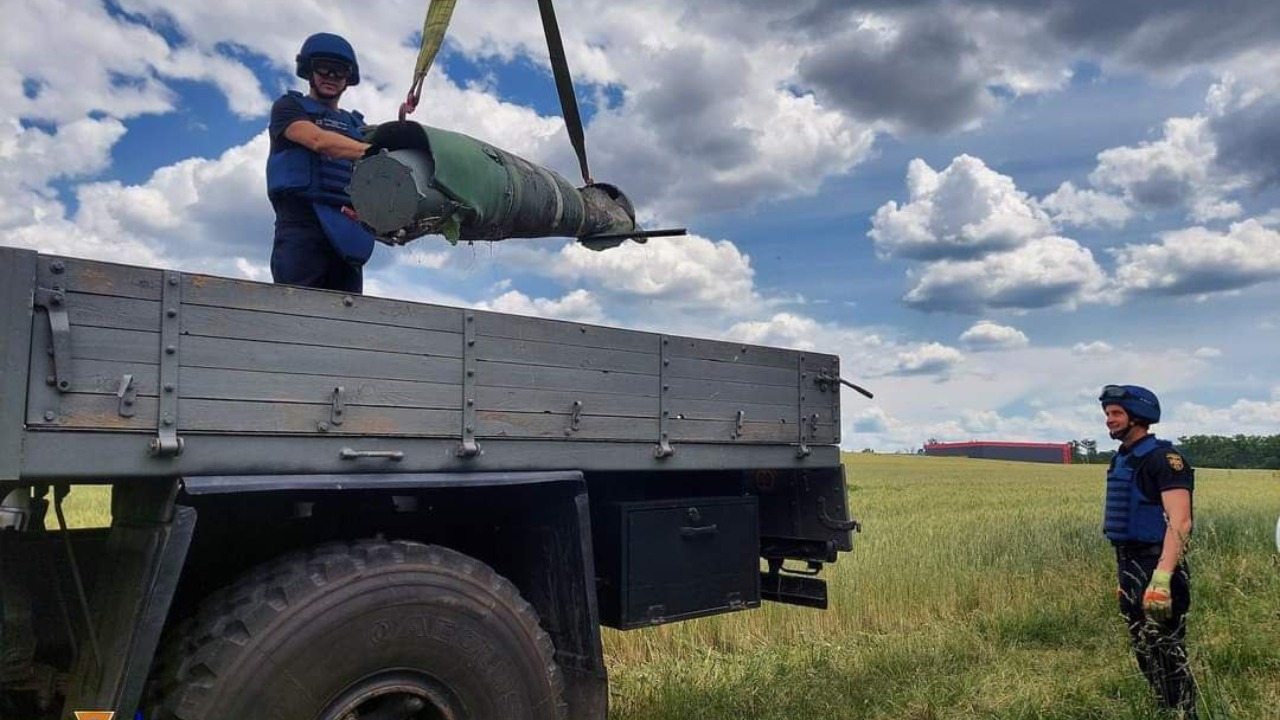
Throughout history, certain military innovations have significantly altered the course of warfare. The introduction of tanks during World War I and the development of nuclear weapons during World War II are examples of advancements that changed military tactics and global power dynamics. Ukraine’s record-setting drone strike can be seen as a continuation of this trend, representing a new era of warfare where technology plays a pivotal role.
Lessons from past conflicts suggest that integrating new military technologies requires careful consideration of strategic, ethical, and logistical factors. As Ukraine continues to develop its drone capabilities, it can draw from historical examples to navigate the challenges and opportunities presented by this technological advancement. Understanding the successes and failures of past military innovations can provide valuable insights into effectively deploying and managing drone technology.
Looking to the future, the success of Ukraine’s drone strike may inspire further innovations in military technology. As nations recognize the potential of drones, there could be increased investment in research and development, leading to new advancements in areas such as artificial intelligence, stealth capabilities, and autonomous operations. The possibilities are vast, and the implications for global security and military strategy are profound.
Ethical and Legal Considerations
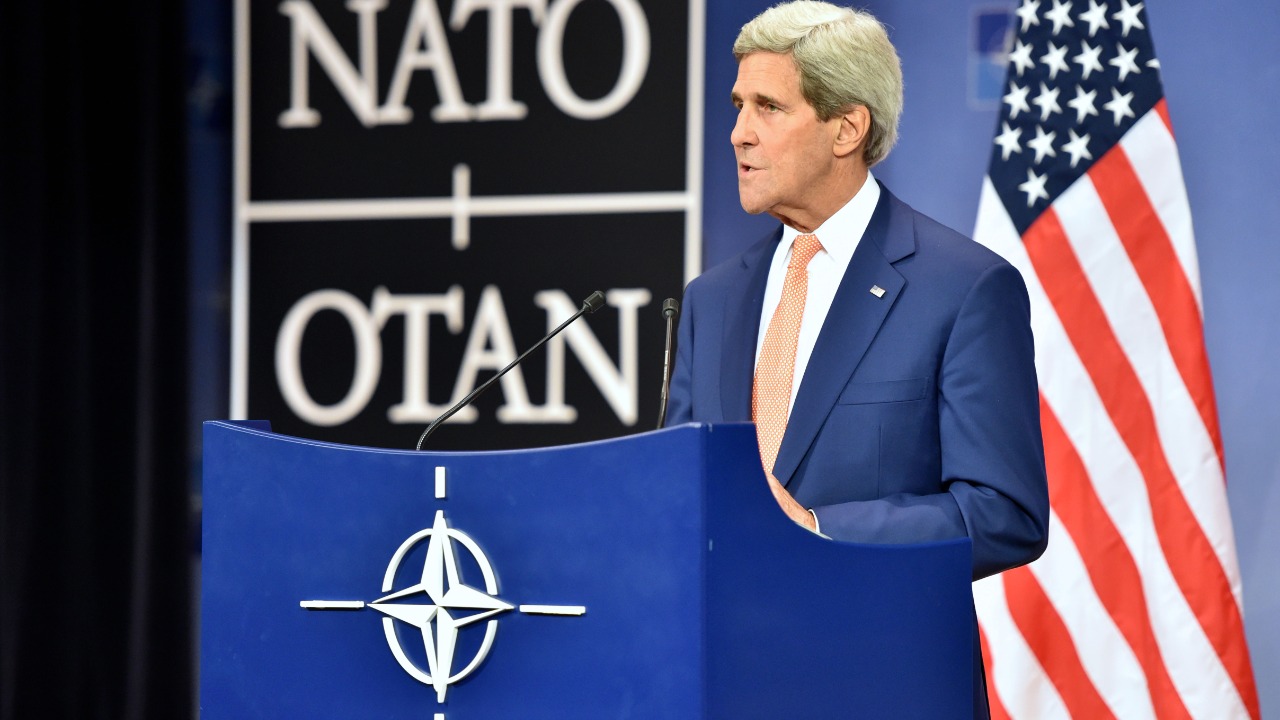
The use of drones for long-range strikes raises several legal and ethical questions. Under international law, the legality of such strikes depends on various factors, including the context of the conflict and adherence to principles such as distinction and proportionality. The legal ramifications of Ukraine’s drone strike are complex and may set precedents for future uses of UAVs in warfare.
Ethically, the use of drones in warfare is a topic of considerable debate. Concerns about civilian safety, accountability, and the potential for misuse of technology are central to this discussion. As drones become more prevalent, it is crucial to address these ethical challenges to ensure that their use aligns with humanitarian principles and international norms.
To navigate these challenges, policymakers may need to consider new regulations and guidelines. Potential policy recommendations could include establishing clearer definitions of acceptable drone use in conflict, enhancing transparency and accountability mechanisms, and fostering international cooperation to address the ethical and legal complexities of drone warfare. Through thoughtful regulation, the international community can work towards ensuring that the benefits of drone technology are harnessed responsibly.